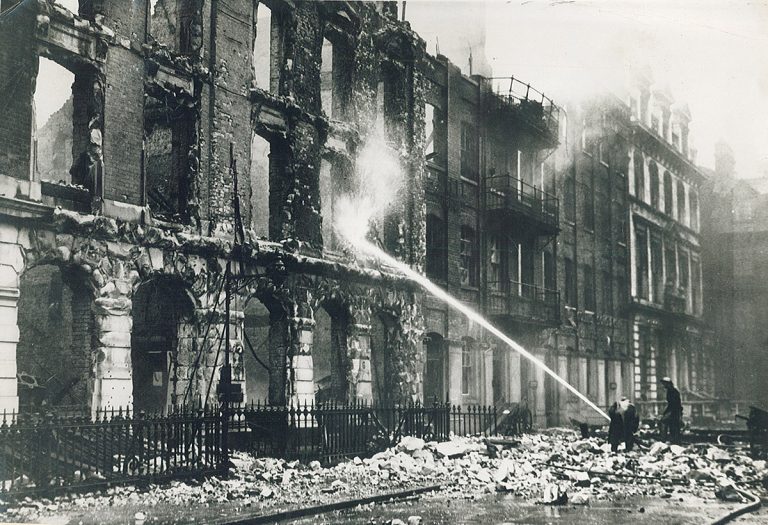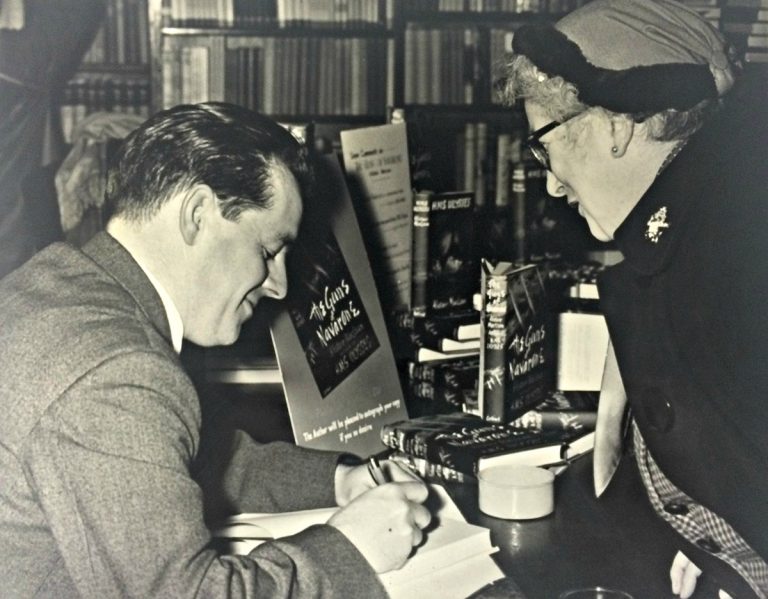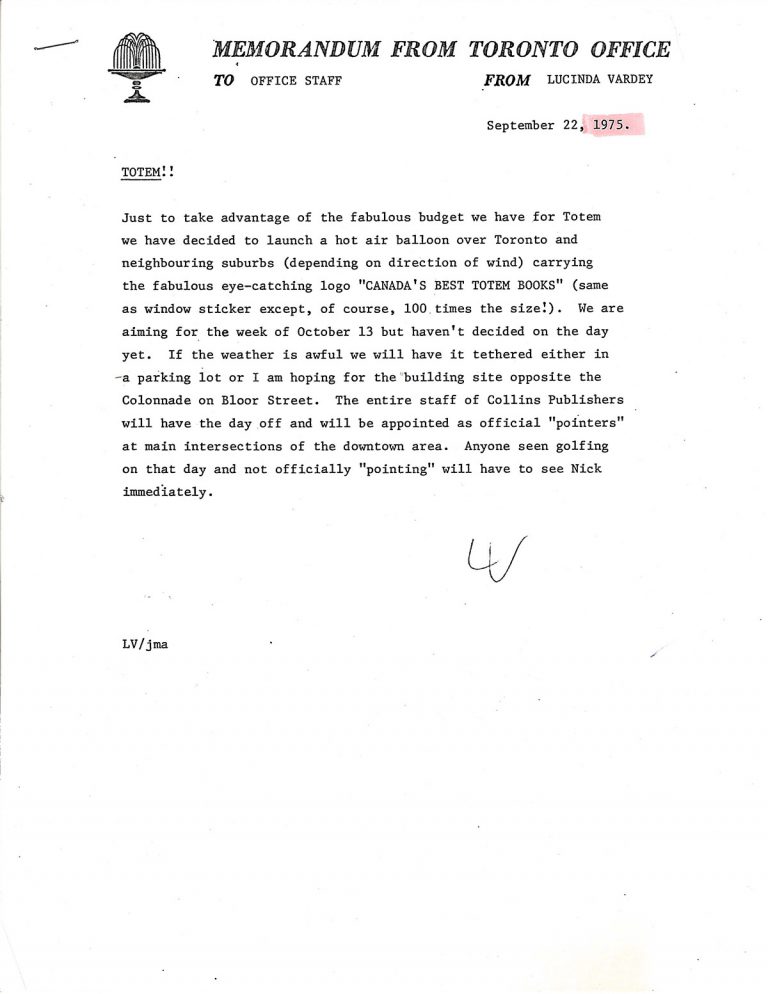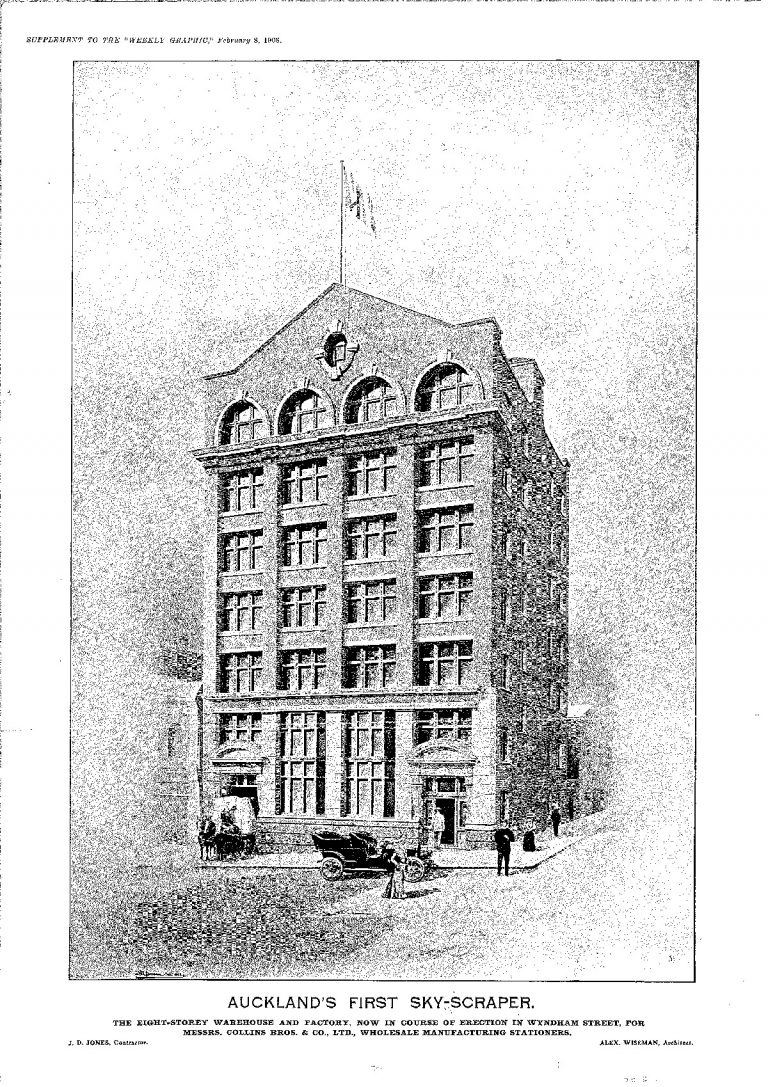Collins Operations during WWII
Collins maintained combined office and warehouse space at Bridewell Place in London for many years, and in 1917, its new London publishing office at 48 Pall Mall was complemented by printing works in Mayfair that included a state-of-the-art bindery, warehouse, and distribution center. More

























